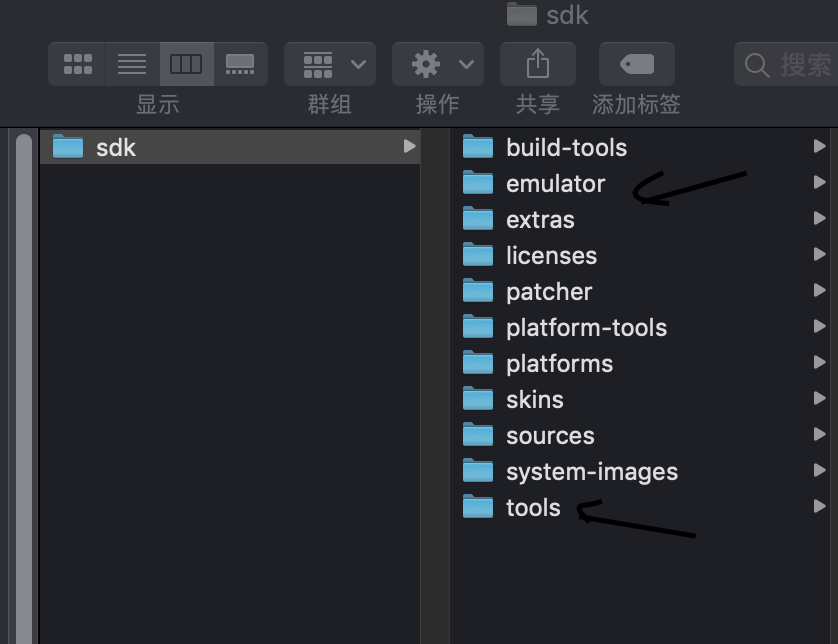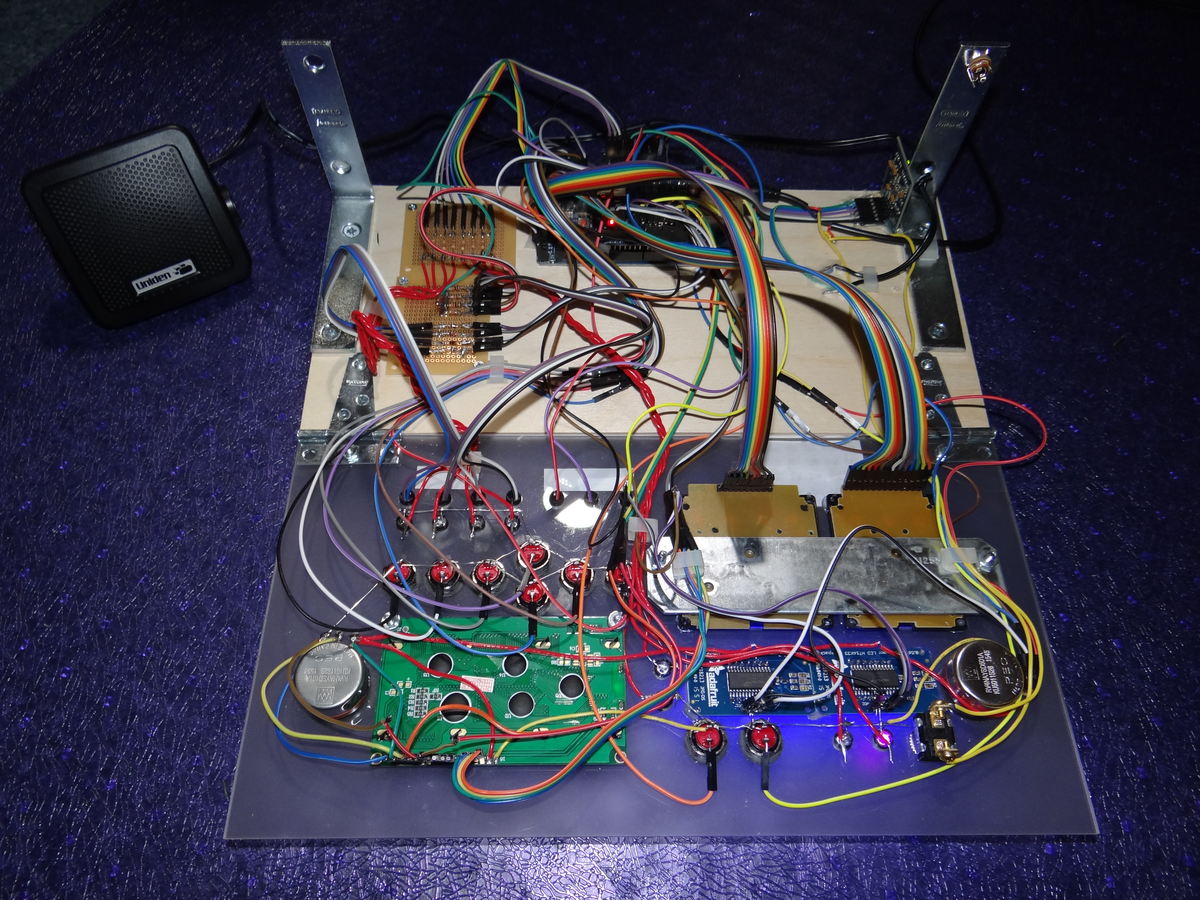

The main differences are that we provide extra connectors for both TI JTAG and ARM JTAG layouts and we don't use the 20-pin compact TI headers and connector we use 20 pin 0.1 inch pitch connectors (which are not standard according to the TI's JTAG standard but easier to work with). The TMS320-XDS100-V3 follows almost blindly most of the XDS100v3 reference design suggested by Texas Instruments.Does your design follow the original XDS100v3 design? If it doesn't what are the differences?.Supported devices: TMS320C28xx, TMS320C54xx, TMS320C55xx, TMS320C674x, TMS320C64x+, TMS320C66x, ARM9, ARM Cortex A9, ARM Cortex A8, ARM Cortex M3, ARM Cortex R4.LED to indicate operation in adapter mode.LED to indicate IEEE 1149.7 Class 4 operation.Operates in 1149.7 Class 4, up to 25MHz.

Physical jumper to select emulator or adapter mode.
EMULATOR ENHANCER V3.0.1 I DOESNT WORK SOFTWARE
Software compatible with XDS100v2 (except link delay and IEEE 1149.7 modes).Can function as an 1149.7 adapter for use with existing scan controllers.IEEE 1149.7 capable emulator with a USB interface.Works with targets in 1.65V-5.0V range.Two compatible female-female cables included - 14-pin and 20-pin one.All plastic headers have 0.1" pin step for easier access.Equipped with three JTAG connectors for different JTAG layouts: TI 14-pin JTAG TI 20-pin JTAG and standard ARM 20-pin JTAG layout.Supported in IAR EW for ARM (for IAR versions after 6.40).Tested and confirmed working with Uniflash.Tested and confirmed working with SmartRF Studio.Grants free license for TI's Code Composer Studio 5 and TI's Code Composer Studio 6 and TI's Code Composer Studio 7.



 0 kommentar(er)
0 kommentar(er)
